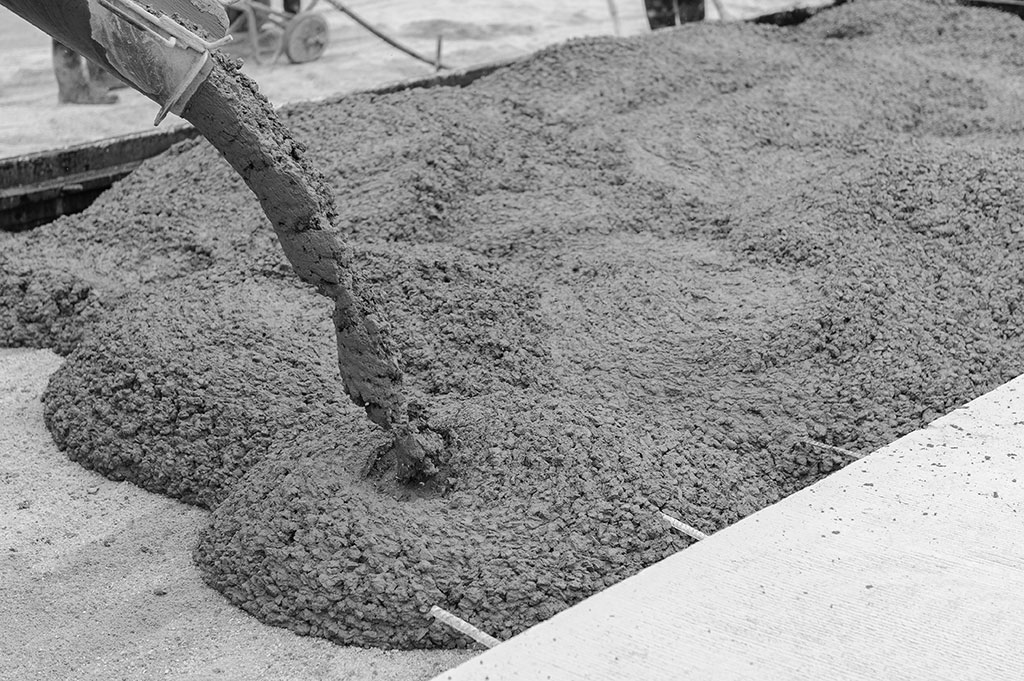Concrete landscaping can be both practical and cost-effective, as well as beautiful. Being flexible enough, concrete can easily fit various landscape designs.
Garden walls can be unadorned as modern retaining walls or enhanced with stone finishes for traditional gardens, making this one of the most durable forms of lawn and garden edging.
Landscape Edging
Landscape edging is used to divide lawns and garden beds, frame trees, define footpaths or create features in driveways. Available in plastic, metal or stone varieties – some require professional installation or special tools while others can be done yourself with relative ease – landscape edging comes in various materials for convenient DIY installation projects.
Concrete house slabs Melbourne landscape edging is highly durable and can be formed into curves for an elegant appearance in gardens or lawns. Furthermore, this form of edging stands out from others that shift or crack over time.
To create concrete edging, first dig a trench one inch deeper and two to three inches wider than your desired depth of edging. Next, lay a piece of plywood cut into strips long enough for your garden border and secure with one-inch wood stakes to form your form. Backfill these strips with dirt to keep them secure and complete your form.
Pavers
Pavers are manufactured stones available in an assortment of shapes, sizes and colors that bring beauty to any landscape while serving as both durable and functional walking surfaces. Although pavers tend to cost more than concrete options for installation purposes, they last longer with easier repair capabilities and drainage is promoted more effectively when installed properly.
Pavers are popularly used to enhance walkways, patios and driveways while they can also be integrated into walls, fire pits and water features. Like concrete, pavers require only occasional sweeping and washing or pressure-washing to remain looking their best; periodic sealing will help accentuate colors while protecting from stains; additionally they have lower lifecycle costs than asphalt, stamped concrete and stamped asphalt which makes them an attractive option for homeowners looking to enhance the beauty of their home while creating visually appealing solutions for problematic landscape areas.
Driveways
An elegant and sturdy new concrete driveway is the ideal addition to any home landscape design. Concrete offers an abundance of textures, colors, finishes and designs that will enhance any front yard’s aesthetics.
Driveway materials range from inexpensive, easily installed gravel or aggregate to more costly paver bricks made of natural stone or fired clay or smooth poured concrete – each type has their own set of aesthetic, installation and maintenance considerations.
An effective driveway can serve its owner for decades without the need for major maintenance or repair work, provided proper foundation preparation and finish techniques are followed. Furthermore, proper water drainage away from the base helps avoid excessive pressure over time – drainage ditches, French drains or gutter systems will be crucial in keeping your concrete in top shape!
Culverts
Culverts are highly effective structures that allow water and people to travel beneath roads while keeping traffic moving safely. Prefabricated versions can often be installed quickly and for reduced construction costs; additionally, their design must withstand different loads and soil pressures.
There are various kinds of culverts on the market today. From those made from concrete and steel to corrugated metal pipe or aluminum culverts – each can serve a specific purpose when applied correctly. All can be utilized for various applications.
Some culverts feature wing walls to divert floodwater away from it, helping reduce soil erosion underneath it. Others incorporate a base slab for additional strength and stability if the culvert will be located near a stream bed that receives high levels of floodwaters; this may help avoid full washout as well as reduce time required for its water to travel downstream.
